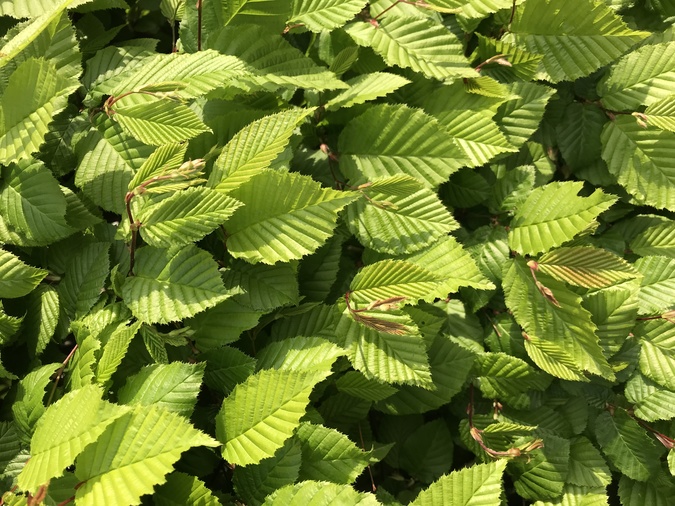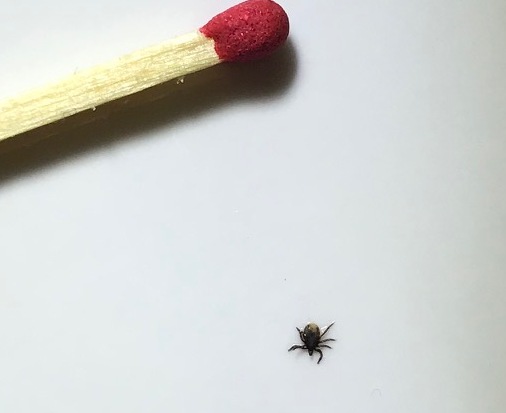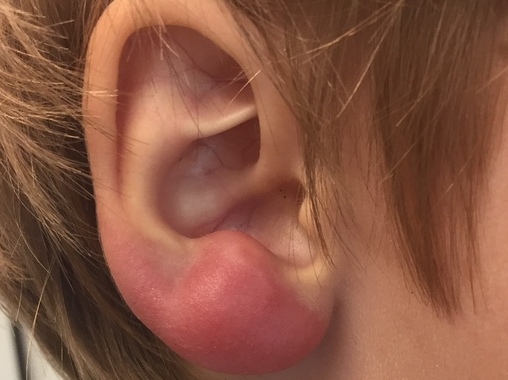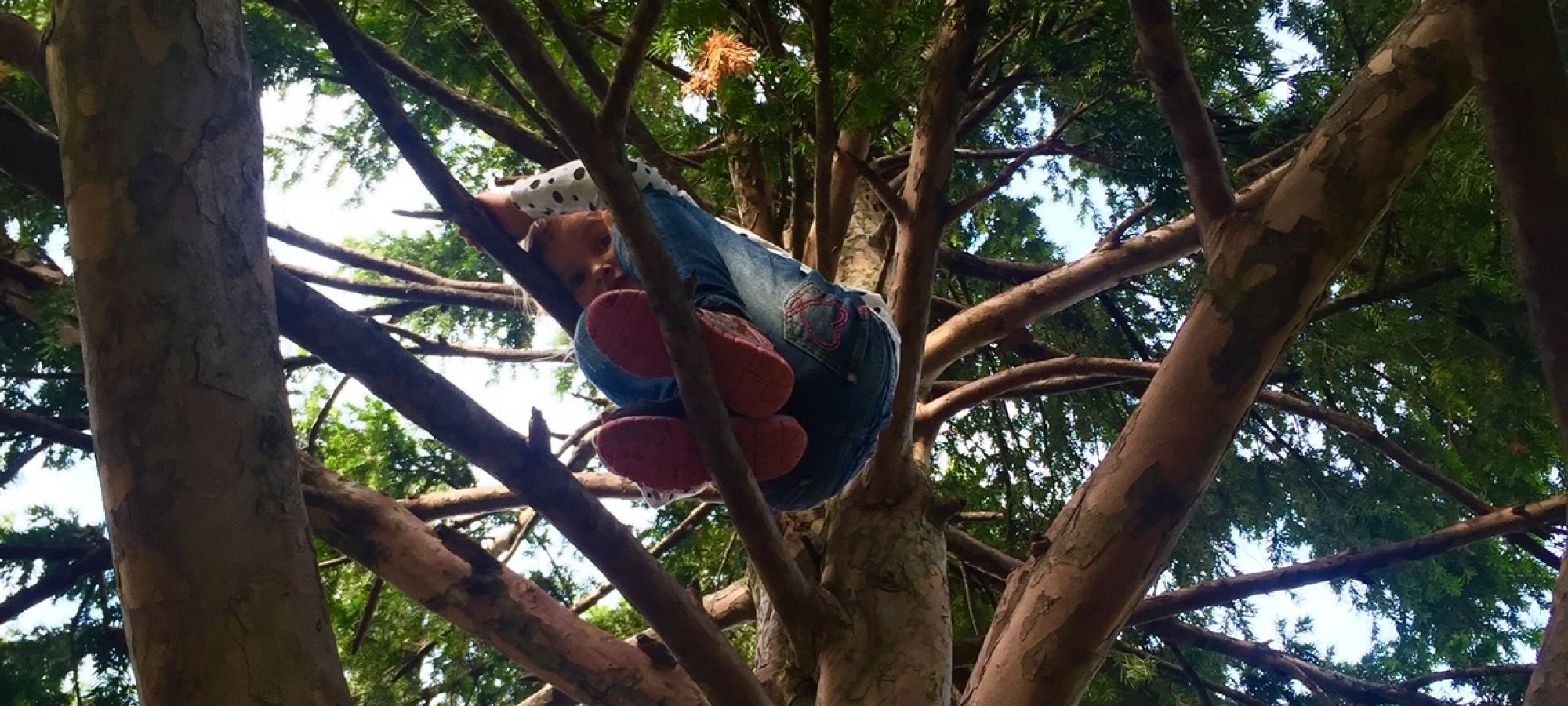Ticks: When should I go to the pediatrician?
- Preventing tick bites
- Removing ticks properly
- When to go to the pediatrician
- Lyme disease
- What is TBE?
- Vaccination from 6 years of age
Since the end of 2018, almost all of Switzerland has been considered a "tick area". The reason: the number of infections with the viral meningitis TBE (early summer meningoencephalitis) transmitted by ticks has quadrupled in the last eight years. According to the Federal Office of Public Health, there were a record 377 infections in Switzerland last year.
We also notice this increase in our practice: parents and their children are visiting us because children are complaining of persistent headaches or fever, and their limbs hurt. Or because red rings appear around the bite—which indicates another disease transmitted by ticks, Lyme disease.
It is therefore worth learning about ticks now more than ever. Find out how to protect your child against bites and diseases here:
Where and when are children bitten by ticks?
Ticks are blood-sucking parasites and belong to the arachnid family. They live in the forest, in bushes, meadows, parks and gardens. There are many different species, but the Ixodes ricinus (castor bean tick) is the most common in our area. Ticks are active from eight degrees Celsius, and they primarily bite in the morning and early evening. "Tick season" is from March to October—when many people are outdoors.

Ticks recognize their victims by vibrations, body heat and odors. They brush off onto you when you pass through grass or bushes. They don't jump onto people, as many believe.
Before ticks sting, they often wander along the body and choose a suitable location. Essentially, you can get bitten anywhere. However, they prefer to sting in moist, warm places where the skin is not too thick: i.e., in the hollow of the knee, groin, armpit or on the hairline.
It is quite normal for the ticks to sting only after five to six hours on the human body. That's why it's so important that you examine your child as soon as possible after being outdoors.
How do I prevent a tick bites?
Dress your child in light-colored clothing that completely covers their body. This makes ticks more visible and you can see them better or shake them off the clothes. Have your child wear sturdy footwear; an effective option is to pull their socks over their trouser legs. This way the tick cannot climb up the leg under the pants.
Spray your child with tick-repellent skin protection. These are usually the same agents that repel mosquitoes. There are some for babies and toddlers as well as for older children or adults. The products are available in the supermarket and in the pharmacy, where you can also get advice.
Back at home, you should thoroughly inspect your child's entire body and clothing for ticks. Look for small, black creatures the size of a pinhead or smaller. To be on the safe side, wash the clothes.
Can you vaccinate your child against ticks?
There is no vaccination against tick bites, but there is one against TBE (early summer meningoencephalitis). TBE vaccination is recommended from the age of six. For children who often spend time in the forest or in meadows, we recommend vaccination from the age of 3. Parents can also be vaccinated in the practice.
Vaccinations sometimes cause anxiety in children and parents. Your child can sit on their mother's or father's lap or lie in their arms during the vaccination. Before the vaccination, the doctor will examine whether the child is actually healthy and does not have an infection. This is followed by a small prick, usually on the upper arm. After this, your child will, of course, be allowed to choose something from our treasure chest. All vaccinations also include a consultation with the parents where questions are answered.
Vaccinations only begin to protect the recipient after their second vaccination. Usually this is administered 4 weeks later. You can also opt for an accelerated schedule, where the second vaccination is administered just two weeks later. A third vaccination is always required after 5–12 months.
My child has been bitten—how do I remove a tick?
Remove the tick as soon as possible after discovering it. Grasp the tick's body as close to the skin as possible using tweezers, a tick card, tick pliers, or a tick loop. Carefully loosen the body and slowly (!) pull it away from the puncture site.
Important: Do not squeeze or twist the tick. Ticks do not burrow into the skin; they simply bite. Do not apply any home remedies such as oil, nail polish or glue. All these cases cause the infectious secretions to flow out of the tick, making the pathogens more likely to enter the human body.
Finally, crush the tick. Disinfect the puncture site.

When should I take my child to the doctor?
Go to the pediatrician if you are unsure or do not know exactly how to remove the tick. Or if the tick has not been completely removed and the area becomes inflamed. And if you notice inflammation around the puncture site later (a puncture can become inflamed even if it is not infected).
Or of course, if you notice signs of an infection: for example, if your child complains of headache, fever, body aches (symptoms of a TBE infection). Only the symptoms of Lyme disease are directly visible: the red rings around a bite. Sometimes an infection is only detected months or years after the bite.
Erythema migrans ("migratory redness")
In addition to Lyme disease and TBE, there are other diseases that are transmitted by ticks. However, they are less prevalent in Switzerland.
What do I need to know about Lyme disease?
In Switzerland, up to 30 percent of ticks carry Borrelia bacteria ("Borrelia burgdorferi") in themselves or in their intestines. Infection occurs in 0.3 to 1.5 percent of tick bites. This usually happens six to twelve hours after the bite (in contrast to the TBE virus, which is in the tick's mouth and transmitted immediately). Here's how the disease progresses:
First phase, from seven days to several weeks after the bite: A typical sign is erythema migrans—a red spot that spreads in a circular pattern from the bite site. However, the erythema may not appear or may be overlooked! Sometimes there is also a small thickening and reddening of the earlobe (Borrelia lymphocytoma).
 Borrelia lymphoma
Borrelia lymphoma
Second phase, weeks to months later: neuroborreliosis with fatigue, chronic headache, facial paralysis (very typical), numbness, visual or hearing impairments.
Third phase, after months to years: joint problems. Rare: carditis (cardiac arrhythmias) and acrodermatitis chronica atrophicans (skin changes, especially on the arms and legs).
If they suspect Lyme disease, the doctor will take a blood sample and check it for antibodies. However, an antibody diagnosis is not always conclusive. As a result, it sometimes has to be repeated.
Lyme disease can be treated very well with antibiotics. This is the easiest way to treat it in the first phase; later, hospitalization with intravenous treatment may be necessary. Reacting to it quickly is very important here too!
What do I need to know about TBE?
All of Switzerland—except the cantons of Ticino and Geneva—has been a risk area since this spring. In high-risk areas, around 1 to 2 out of 1,000 ticks carry the TBE virus. The viruses are located in the tick's saliva and are usually transmitted immediately upon biting. Here's how the disease progresses:
First phase: flu-like symptoms with mild fever, chronic headache, dizziness and vomiting, body aches.
Second phase: occurs in only about 10 percent of those infected. After about a week without fever, fever suddenly occurs again, there is vomiting, impaired consciousness, severe headaches, possibly paralysis.
Children are rarely affected by severe TBE. The severity of the disease increases with age. In some cases, TBE leads to permanent paralysis and extremely rarely to death (1 to 2 per 1,000 infected people).
To determine TBE infection, the blood is tested for antibodies or the virus is detected directly in the blood.
You can be vaccinated to prevent this, and this is also recommended in risk areas. There is no cure for TBE. The appropriate medication can only alleviate the symptoms.
What do I take away from all this information?
Tick bites can lead to serious illness. The risk of contracting TBE has increased in Switzerland in recent years. Vaccinations are a very effective means for protecting yourself, and are recommended from the age of six. The risk of contracting Lyme disease is very high in risk areas. This makes protection against tick bites all the more important – with the appropriate clothing, spraying a repellent and inspecting yourself regularly! Vaccination is recommended to prevent TBE: especially for children who spend a lot of time in the forest and meadows, and for adults, especially for people over 50 years of age.
June 27, 2019, Kinderarzthaus in Zürich Stadelhofen


